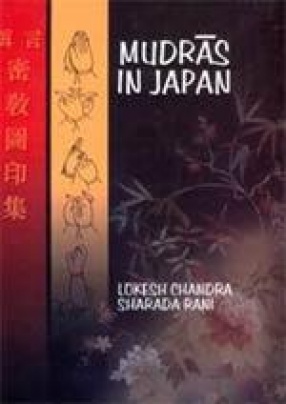Roma and the Steel Route
It is a comprehensive work on the history, language, Atharvanic rituals and human rights of the Roma across countries and centuries. It discusses various opinions about the romance of the Roma who left India either in the pre-Christian era as steel-smiths manufacturing arms across ancient Iran and Greece, or they left after the battle of Tarain. The Roma have preserved magical cures which go back to the rituals of Atharva Veda. Prof. R.L. Turner has proved that Romani language is closest to Hindi. Its dialect of Wales preserves earlier forms of Hindi and as such is of great significance for the evolution of India's national language. The book deals with Romani writers, their heart-rending poems like Papushka's 'My Land I am your daughter', and India's Prime Minister welcoming the Gaduliya Lohars back to Chittorgarh as their Land had gained freedom. It supports the theory that Roma left after the Battle of Tarain in the 12th century. Roma songs from Romani, Roma Conference at Chandigarh in 1991, identity of Roma and Banjaras, celebration of the Kali Devi as St. Sarah, the recognition of their Indian origin around 1750, Vania's I am a Rajput, Kovacheva's history of the Roma in Europe, invite a new look into their heritage and life, their poignant literature and struggle for dignity as equal members of society, human rights and representation in economic and political fora.
Get it now and save 10%
BECOME A MEMBER











Bibliographic information